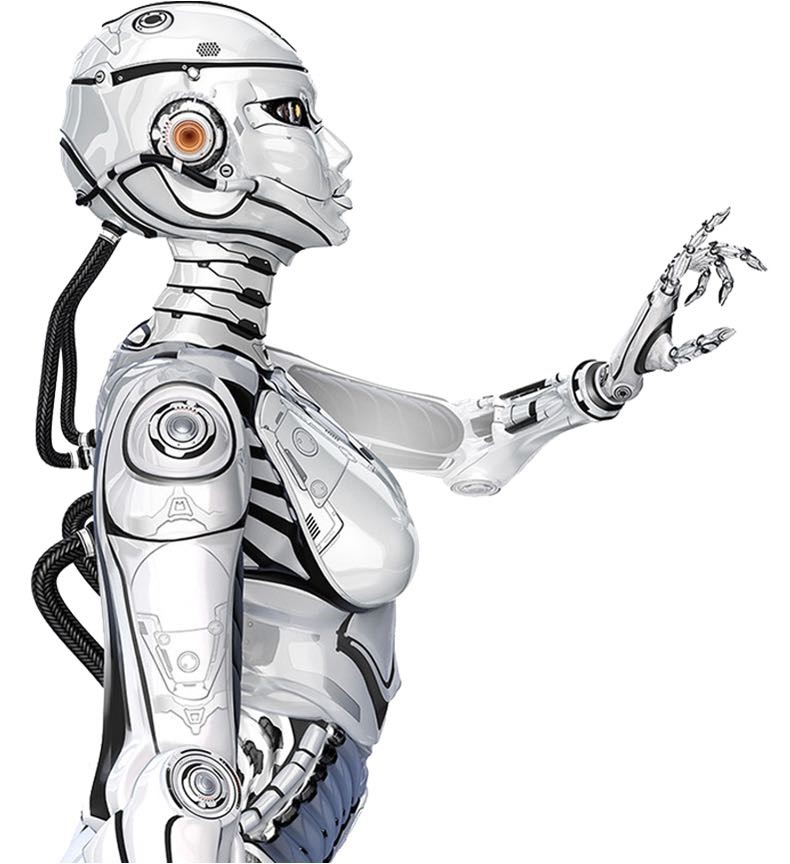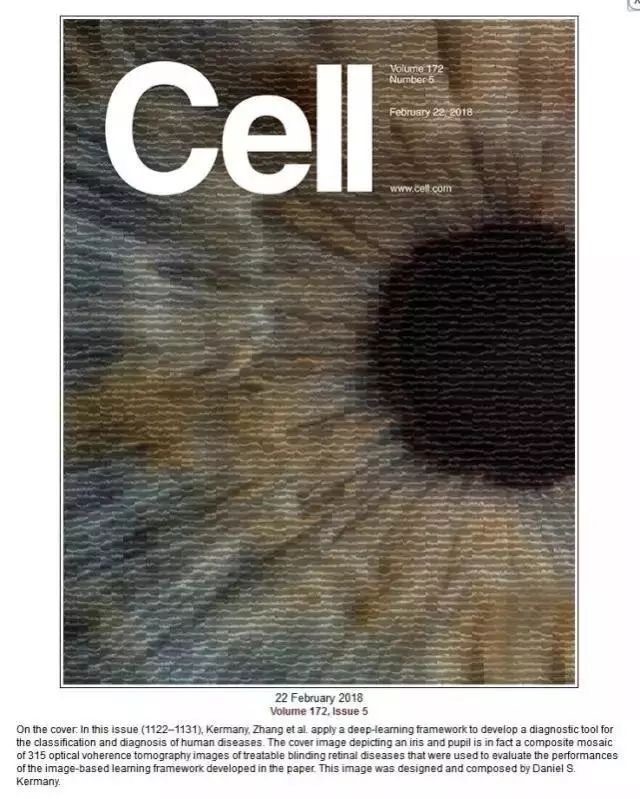


Robots will be able to do more for human beings in the future. (Photo: CFP)
Chinese scientists have developed an artificial intelligence (AI) system that can diagnose pneumonia and eye diseases as proficiently as a senior medical expert with a dozen years’ experience.
With accuracy of 92.8% and 96.6% in the diagnosis of pneumonia and eye diseases, the AI system is now lending a helping hand at Guangzhou Women and Children’s Medical Center, southern China’s Guangdong province.
The system was co-developed by a research team led by Professor Zhang Kang from the Guangzhou-based medical center and a research group from the University of California San Diego.
The research result later landed on the cover of Cell, a top scientific journal of life sciences on February 22.
The “robotic doctor” is fast. When diagnosing pneumonia, it only takes 3 to 5 seconds for the system to detect the pulmonary nodule on a chest CT scan, while an experienced human doctor needs an average of 3 to 5 minutes.
The system can also offer a precise medication regimen based on the etiology of pneumonia, accurately guiding the rational use of antibiotics.
The system suits hospitals at all levels and is free from geographical restrictions, so that it can be applied in a wide range of medical facilities including community-based health care centers, family doctors and specialized hospitals. The abuse of antibiotics in pneumonia treatment, as a result, can be alleviated.
Its prospects for treatment of eye diseases are also promising. The “robot doctor” can diagnose macular degeneration and macular edema at an accuracy rate of 96.6 percent and sensitivity rate of 97.8 percent. It has a data base of more than 200,000 cases of optical coherence tomography images of eye patients.

Scientists' research result lands on the cover of the scientific journal Cell. (Photo from the Guangzhou Women and Children’s Medical Center)
A comparison with the performance of five well-trained doctors has proved that the AI system is as competent as experienced oculists. Apart from this, the system can also determine whether relevant treatment is needed within 30 seconds.
At present, the AI system has entered small-scale clinical trial in some eye clinics in the US and Latin America, according to Zhang.
The scientist also disclosed that they will continue to optimize the system by enlarging the data base of case studies and further diversify the categories of diagnosable diseases.

 Award-winning photos show poverty reduction achievements in NE China's Jilin province
Award-winning photos show poverty reduction achievements in NE China's Jilin province People dance to greet advent of New Year in Ameiqituo Town, Guizhou
People dance to greet advent of New Year in Ameiqituo Town, Guizhou Fire brigade in Shanghai holds group wedding
Fire brigade in Shanghai holds group wedding Tourists enjoy ice sculptures in Datan Town, north China
Tourists enjoy ice sculptures in Datan Town, north China Sunset scenery of Dayan Pagoda in Xi'an
Sunset scenery of Dayan Pagoda in Xi'an Tourists have fun at scenic spot in Nanlong Town, NW China
Tourists have fun at scenic spot in Nanlong Town, NW China Harbin attracts tourists by making best use of ice in winter
Harbin attracts tourists by making best use of ice in winter In pics: FIS Alpine Ski Women's World Cup Slalom
In pics: FIS Alpine Ski Women's World Cup Slalom Black-necked cranes rest at reservoir in Lhunzhub County, Lhasa
Black-necked cranes rest at reservoir in Lhunzhub County, Lhasa China's FAST telescope will be available to foreign scientists in April
China's FAST telescope will be available to foreign scientists in April